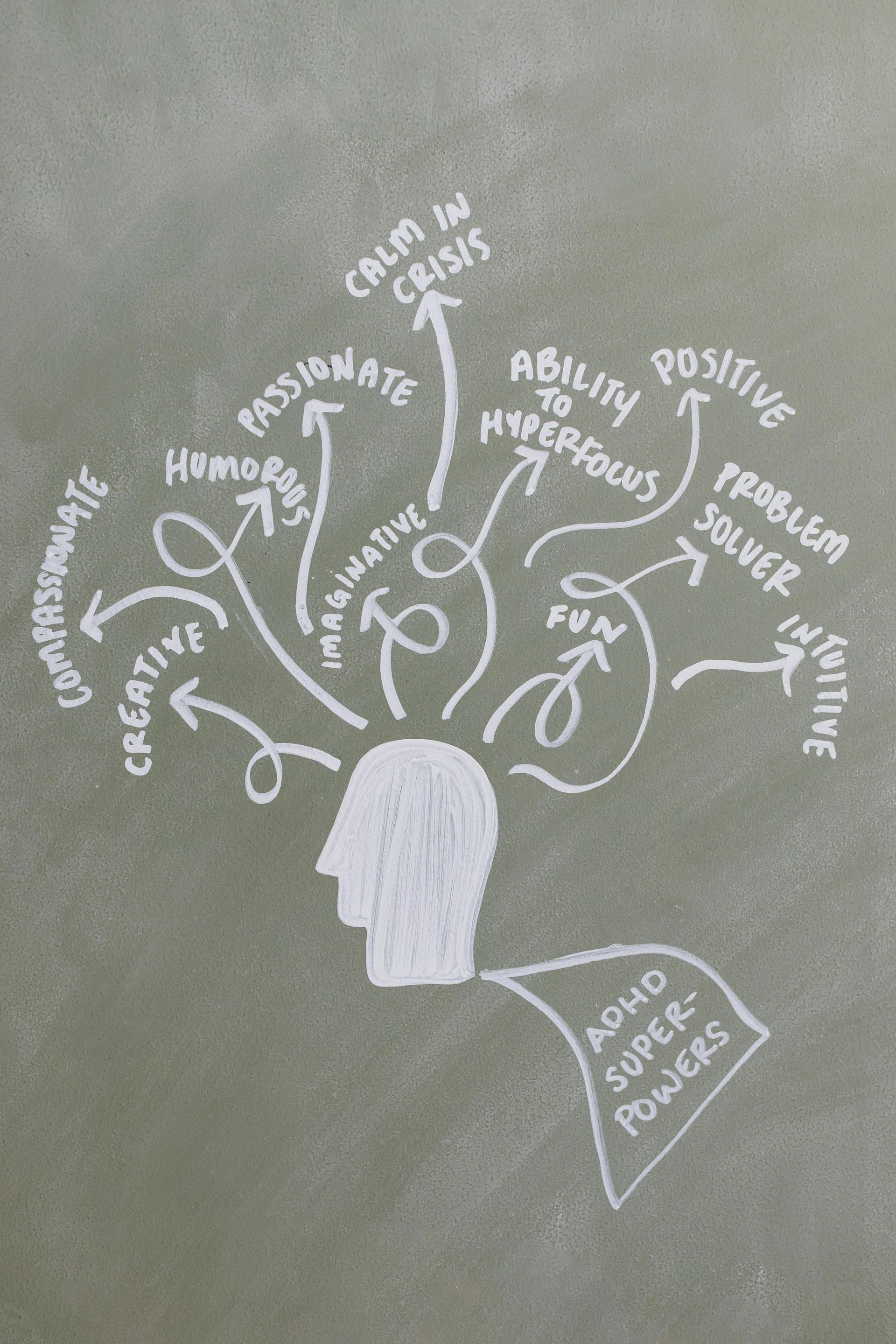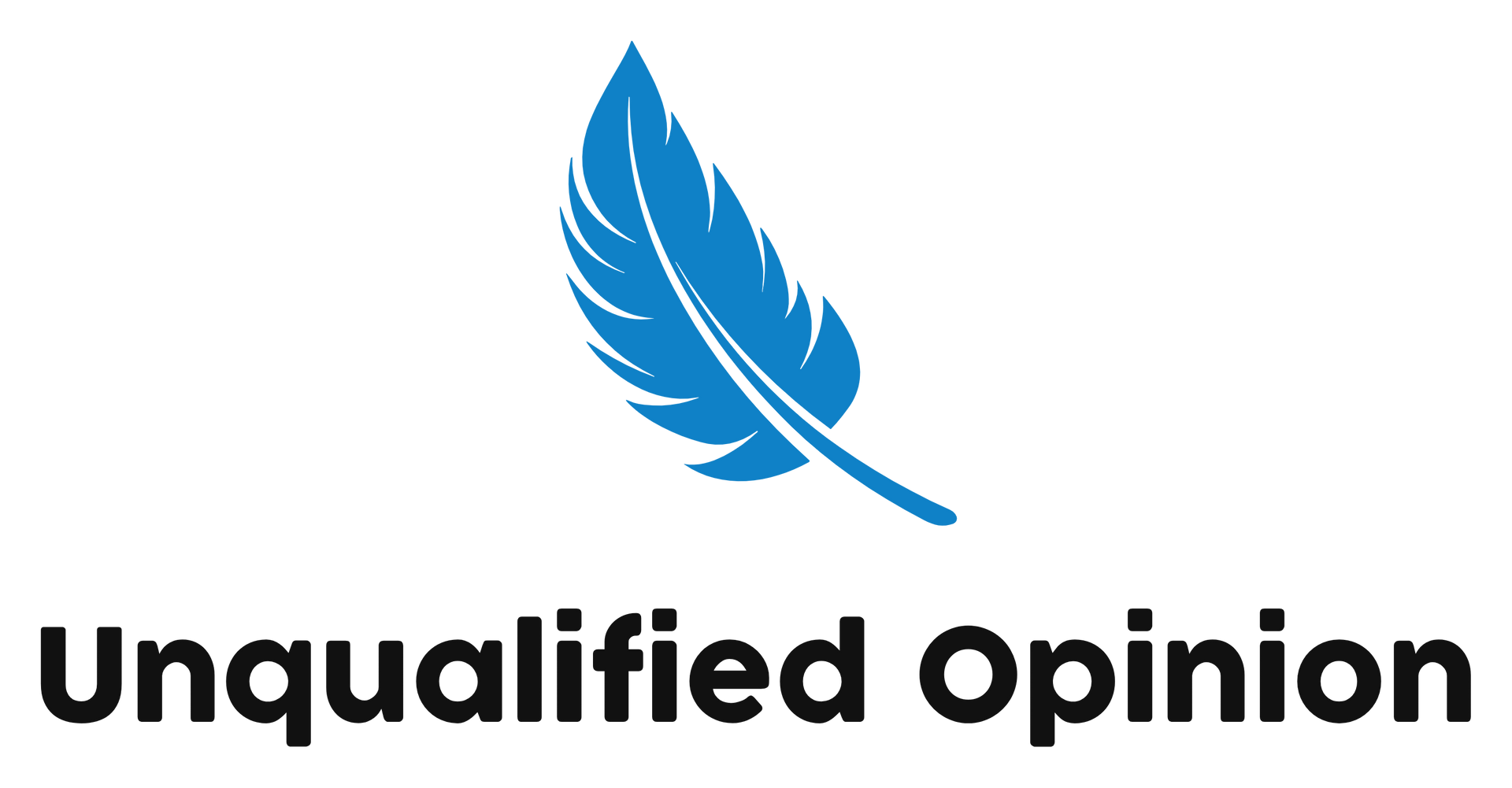(6 min) Executive Function, Demystified: The No-B.S. Mini-Guide to Finally Getting Sh*t Done

Let’s be honest: if executive function were a person, they’d be that high-achieving, color-coded, “just make a list” friend who seems to thrive off productivity planners and the scent of fresh Post-its. Meanwhile, your brain is lying face down in a pile of laundry screaming, “I DON’T KNOW WHERE TO START.”
Sound familiar?
Welcome to your new favorite guide—a judgment-free, slightly spicy, but actually useful breakdown of what executive function really is, why your brain might be flipping tables over it, and what you can actually do about it. This isn’t another article telling you to “just focus.” We’re talking real tools, real strategies, and a whole lot of compassion for the fact that you are not a robot. You’re a human with a brain that might need a different kind of user manual.
Let’s dive in.
Chapter 1: What the Heck Is Executive Function Anyway?
Executive function is like the CEO of your brain. Except instead of driving a Tesla and micromanaging interns, it’s in charge of:
- Planning
- Prioritizing
- Starting tasks
- Finishing tasks (lol)
- Regulating emotions
- Managing time
- Remembering stuff
- Switching gears smoothly
In short? It’s everything that keeps your life from falling into a pile of “Oops, I forgot” and “This was due yesterday.”
When executive function works well, you show up, follow through, and make progress. When it’s glitchy (hello, neurodivergence, trauma, burnout, or just being a human in 2025), it’s like trying to run your life on a browser with 87 tabs open and three of them playing music.
Spoiler: it’s exhausting. But you’re not broken. You just need a new approach.
Chapter 2: The Seven Executive Function Skills (And How to Hack Them)
Let’s break these down like we’re gossiping over matcha (except I hate matcha... so I will have a normal-ass coffee, thanks!)
1. Task Initiation – The Art of Starting
This is the Everest of executive function. You know what to do. You want to do it (kind of). But… you just… don’t.
Why it breaks down: Your brain doesn’t know where to start, so it decides to do nothing.
- Hack it: Break tasks into ridiculously small chunks. Not “write paper,” but “open document.” Yes, that small.
- Use the 5-minute rule: “I’ll just do 5 minutes.” It works like a charm because your brain can handle 5 minutes. Suddenly, you’re in flow.
- Use “if/then” cues: If I finish breakfast, then I’ll open the laptop. Brains love a good script.
2. Planning & Prioritizing – The Brain’s GPS
Without this, everything feels equally urgent and overwhelming. Which means... nothing gets done.
Why it breaks down: No clear roadmap. Just vibes.
- Hack it: Do a brain dump: everything that’s swirling in your mind, onto paper. All of it.
- Then triage it like an ER nurse:
- 🔴 Urgent: Must be done today.
- 🟡 Important: Needs a plan.
- ⚪ Optional: Future you can handle it.
Bonus tool: The Eisenhower Matrix (urgent vs. important grid). It's basically a decision-making cheat sheet for grown-ups.
3. Working Memory – Holding Info While Using It
This is not your long-term memory. This is remembering why you walked into the kitchen, or what your boss said three seconds ago on Zoom.
Why it breaks down: Too much info, not enough “mental sticky notes.”
Hack it:
- Visual aids: sticky notes, whiteboards, browser tabs labeled clearly.
- Say things out loud. Talking to yourself is working memory gold.
- Use tech: alarms, timers, calendars, reminders. Offload it all.
4. Time Management – The Great Illusion
Ah, the fantasy that something will “only take 10 minutes.” Spoiler: It won’t.
Why it breaks down: Time blindness. Your brain doesn’t feel time passing the way neurotypical brains do.
Hack it:
- Time everything for a week. You’ll get actual data on how long tasks take.
- Use visual timers or time-blocking apps.
- Schedule “buffer time” like your life depends on it. Because it does.
5. Organization – Not Just for Type A People
This is less about rainbow-coded planners and more about knowing where your damn charger is when your laptop’s dying.
Why it breaks down: Systems don’t match your brain style.
Hack it:
- Find your organizational language—visual, tactile, digital, spatial.
- Set up zones: one place for work, one for bills, one for stuff-you-always-lose.
- "Put it where it goes” should take under 30 seconds. Otherwise, simplify it.
6. Impulse Control – Not Buying the Entire Target Clearance Section
Impulse control is what keeps you from quitting your job mid-meeting, sending the rage-text, or binge-watching until 3AM.
Why it breaks down: Stress, poor sleep, low dopamine = low brakes.
Hack it:
- Delay gratification with a “10-minute pause.”
- Make the easy option the right one: pre-pack snacks, delete the shopping apps, use website blockers.
- Keep your future self in mind: “Will Future Me thank me for this?”
7. Emotional Regulation – The Grown-Up Skill Nobody Taught You
This is what helps you stay calm when things go sideways instead of spiraling into a breakdown in the produce aisle.
Why it breaks down: Dysregulation, unprocessed emotions, or just hitting capacity.
Hack it:
- Name the feeling. (“I’m overwhelmed,” not “I suck.”)
- Move your body. Emotion = energy in motion.
- Co-regulate: call a friend, hug a pet, touch grass. Seriously.
Chapter 3: Tools That Actually Help (Without Overwhelming You)
You don’t need 17 productivity apps. You need 2–3 tools you actually use. Pick what fits your brain.
Tool #1: A Visual Calendar
Digital or paper, just make it visual. Color-coded? Bonus dopamine.
See your week at a glance = less anxiety.
Tool #2: A Daily Starter Ritual
The first 5–10 minutes of your day set the tone. Choose a simple ritual that reminds your brain, “We’re starting now.”
- Write a 3-task list
- Do a stretch
- Drink water and open your planner
Tool #3: A Reset Button
You will fall off track. Normalize it. But also have a reset system:
“Okay, that didn’t work. What’s one small thing I can do right now?”
Keep a Reset Kit: music, affirmations, snacks, movement.
Restart without shame. Always.
Chapter 4: Your Executive Function Style (And Why That Matters)
Some of us are visual processors. Some are auditory. Some of us can’t think unless we’re pacing like a dramatic poet.
Knowing your processing style changes everything.
Visual Brains:
Need to see tasks, progress, and reminders.
Use sticky notes, whiteboards, habit trackers.
Auditory Brains:
Need to hear things.
Talk it out, record voice notes, set audible reminders.
Kinesthetic Brains:
Need to move.
Walk and talk, fidget, use physical tools.
Tailor your systems to your sensory strengths. That’s not extra—it’s effective.
Chapter 5: When Procrastination Isn’t Laziness
Procrastination is often a coping mechanism for:
- Fear of failure
- Perfectionism
- Unclear expectations
- Emotional overload
It’s not a character flaw. It’s a signal.
Deal With It Like a Boss:
- Ask: What am I avoiding and why?
- Make it smaller. Then smaller again.
- Add a reward. Pair the task with something fun.
- Use a body double (someone sitting with you while you work—virtually or in person).
Chapter 6: Emotional Regulation for When You’re One Email from Crying
You can’t fix executive function if your nervous system is fried. Sorry, but it’s true. Calm is a power-up, not a luxury.
Grounding Techniques:
- Box breathing: In 4, hold 4, out 4, hold 4.
- Cold water on your face or hands.
- 5-4-3-2-1: Name 5 things you see, 4 you can touch, 3 you hear…
Emotional regulation is the pre-requisite to effective execution. Build your nervous system into your strategy.
Chapter 7: Scripts That Help When You’re Struggling
Having go-to phrases can interrupt shame spirals and help you reframe. Try these:
- “This isn’t me failing. It’s me figuring out what I need.”
- “This is hard, not impossible.”
- “I can pause, but I don’t have to quit.”
Chapter 8: Coaching Yourself with Curiosity, Not Criticism
Be your own coach, not your own bully. Swap shame for curiosity.
Instead of “Why can’t I do this?” ask:
- “What’s getting in the way?”
- “What would make this 10% easier?”
- “What’s one thing I can try differently?”
You’re managing an invisible workload most people don’t see:
- Emotional regulation
- Constant re-decisions
- Interruptions
- Dopamine-hunting
- Internal resistance
And yet, here you are. Still trying. Still learning. That’s not failure. That’s resilience. So next time your brain stalls, panics, spirals, or ghosts your to-do list—pause. Take a breath. Use one tool. Try one thing. And start again. You are not behind. You’re building a system that actually works for you. And that? That’s executive function brilliance in action.
I really hope you enjoyed this mini-guide to executive function. I will be launching a full course and companion workbook on Executive Function or Dysfunction really... in early 2026, called Unstuck AF™: The Ultimate Executive Function Toolkit.
Make sure you sign up to Unqualified Opinion to be the first to gain access!


